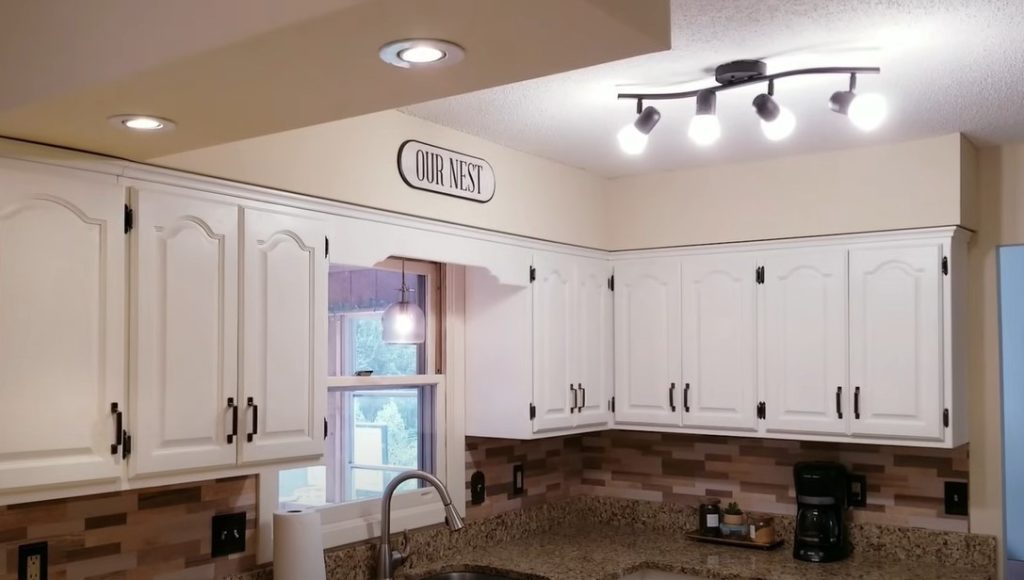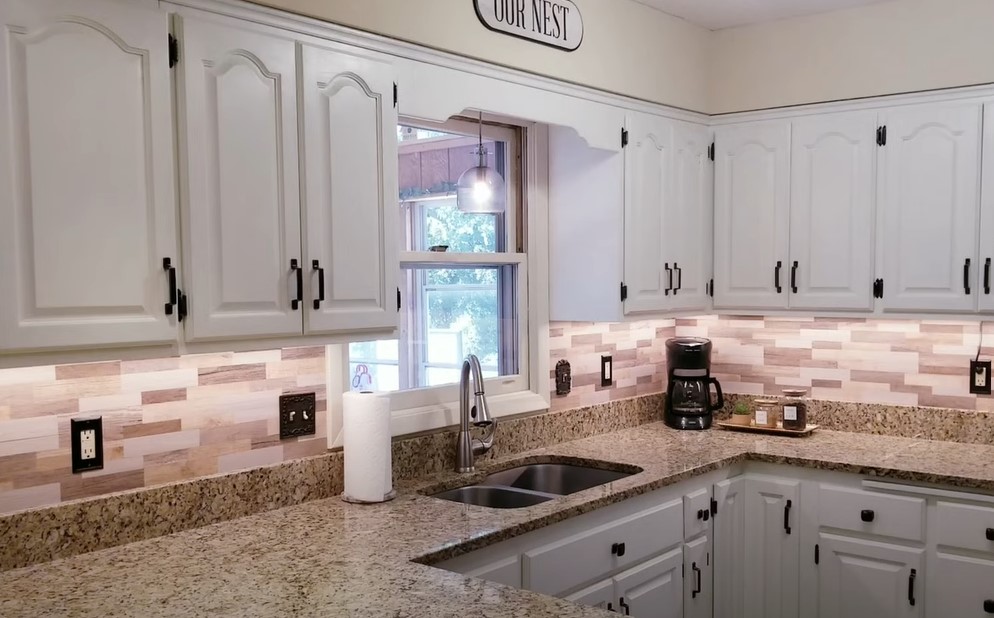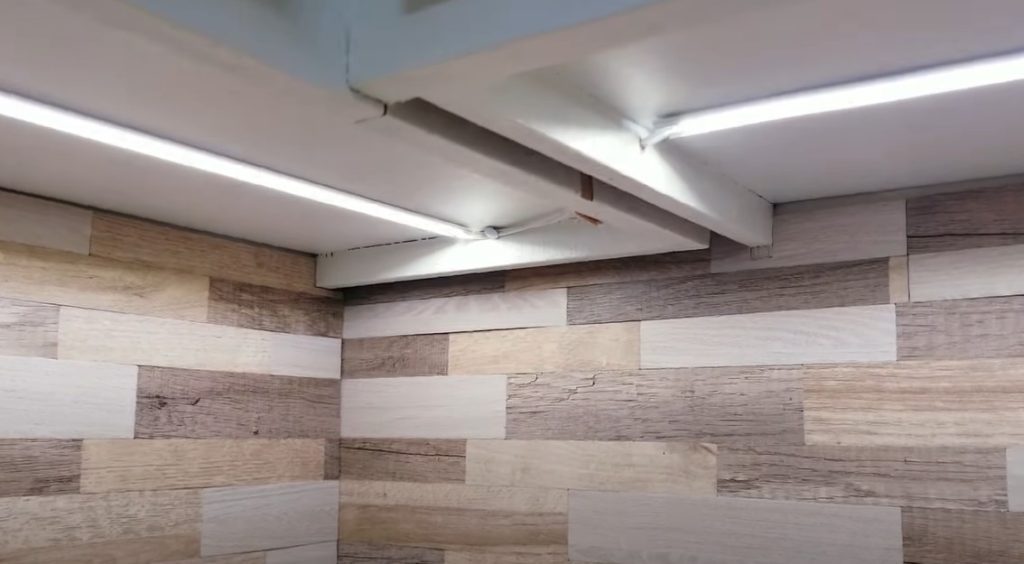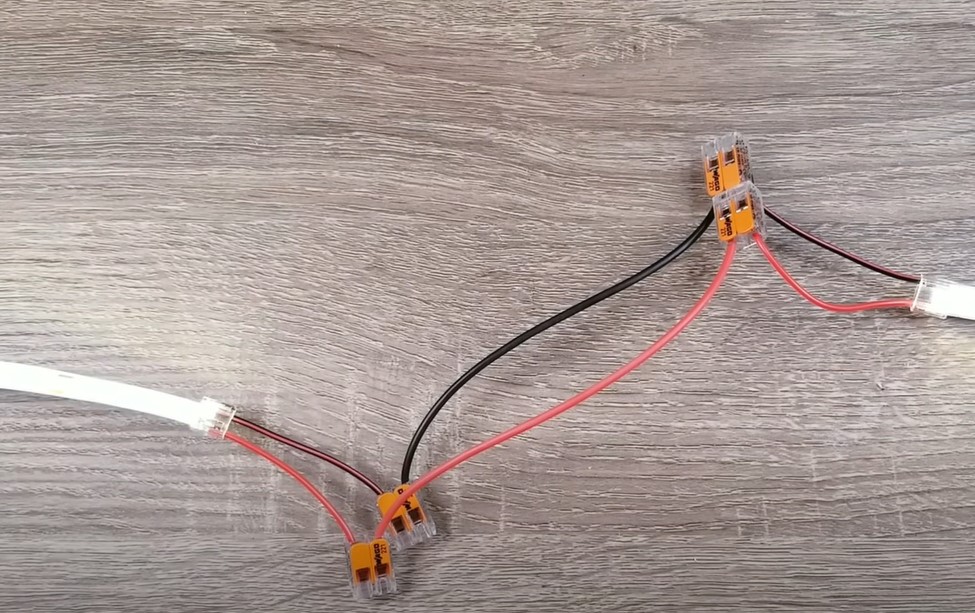Top LED Cabinet Lighting For Your Space In This Year
Transforming your kitchen into a haven of style and functionality starts with thoughtful lighting. This guide delves into the world of LED cabinet lighting, exploring its various types, benefits, installation, and more. We’ll cover everything from understanding different LED types and power sources to choosing the perfect brightness and color temperature for your space. By…
Transforming your kitchen into a haven of style and functionality starts with thoughtful lighting. This guide delves into the world of LED cabinet lighting, exploring its various types, benefits, installation, and more. We’ll cover everything from understanding different LED types and power sources to choosing the perfect brightness and color temperature for your space. By the end, you’ll be equipped to make informed decisions and illuminate your cabinets with stunning results.
LED cabinet lighting uses Light Emitting Diodes (LEDs) to provide illumination under or inside kitchen cabinets. These compact, energy-efficient lights offer a range of benefits over traditional incandescent or fluorescent options. LEDs are known for their long lifespan, low energy consumption, and versatile design options, making them an ideal choice for cabinet lighting.
Small, circular lights that are easy to install
and provide focused illumination. They are often battery-operated or plug-in, making them a great option for renters or those without wiring experience.
LED Cabinet Lighting Easy Way To Follow
Under-Cabinet Strips

Flexible LED strips that can be attached directly under cabinets, creating a continuous line of light. These are highly customizable in terms of length and brightness. Many options offer dimming capabilities for adjusting the ambiance.
Cabinet Lighting Kits
Pre-assembled kits that include everything needed for installation, such as LEDs, power supplies, and mounting hardware. These are a convenient option for beginners, offering a streamlined installation process.
Integrated LED Fixtures
LED lights that are built directly into cabinet doors or frames. These offer a sleek, integrated look and are ideal for a modern, minimalist kitchen design.
Related Article: Top Ideas Of Bedroom LED Ceiling Light Design Ideas
Benefits of LED Cabinet Lighting

The advantages of choosing LED cabinet lighting are numerous. Beyond simple illumination, they significantly enhance kitchen aesthetics and functionality.
Energy Efficiency
LEDs consume significantly less energy than incandescent bulbs, resulting in lower electricity bills and a smaller carbon footprint. This makes them an environmentally friendly and cost-effective lighting solution.
Longevity
LEDs have a remarkably long lifespan, often lasting for many years before needing replacement. This reduces the hassle and expense of frequent bulb changes.
Variety of Colors and Brightness
LEDs offer a vast range of color temperatures (from warm white to cool white) and brightness levels, allowing for customized ambiance and task lighting. You can easily adjust the mood based on the time of day or the occasion.
Improved Kitchen Aesthetics
Well-lit cabinets showcase the beauty of your kitchenware and add depth to the overall design. Strategically placed LED lighting can transform the feel of your kitchen, adding a touch of elegance and sophistication.
Choosing the Right LED Cabinet Lighting

Selecting the perfect LED cabinet lighting involves considering several key factors to ensure optimal functionality and aesthetics.
Brightness (Lumens)
Lumens measure the brightness of a light source. Higher lumens mean brighter illumination. Consider the size of your cabinets and the level of illumination needed for tasks such as food preparation.
Color Temperature (Kelvin)
Color temperature is measured in Kelvin (K). Lower Kelvin values (2700K-3000K) produce a warm, yellowish light, while higher values (5000K-6500K) produce a cool, bluish light. Warm white is generally preferred for a cozy atmosphere, while cool white is better for task lighting.
Color Rendering Index (CRI)
CRI measures how accurately a light source renders colors. A higher CRI (above 80) ensures that colors appear natural and vibrant.
Power Source
LED cabinet lights can be powered by batteries, plug-in adapters, or hardwired directly into your electrical system. Consider your comfort level with electrical work and your kitchen’s layout when making this choice.
Installing LED Cabinet Lighting
Installation varies depending on the type of lighting chosen. Some are plug-and-play, while others require some DIY skills and electrical knowledge.
DIY Installation
Many LED strip lights and puck lights are designed for easy DIY installation. Instructions typically provided are easy to follow and require basic tools. However, it is essential to ensure safety precautions are taken before starting.
Professional Installation
For more complex installations or if you’re uncomfortable working with electricity, it’s best to hire a qualified electrician. This ensures a safe and professional installation.
Limitations of LED Cabinet Lighting

While LED cabinet lighting offers many advantages, there are some potential limitations to be aware of.
Cost
While LEDs are energy-efficient in the long run, the initial investment can be higher than traditional lighting options. However, the long-term savings often outweigh the initial cost.
Heat Sensitivity
While LEDs generate less heat than incandescent bulbs, they still produce some heat. Ensure adequate ventilation to prevent overheating, particularly in enclosed spaces.
Dimming Compatibility
Not all LED lights are compatible with dimmers. Ensure your chosen lights and dimmer switch are compatible to avoid issues with functionality.
Comparing LED Cabinet Lighting Options
Different types of LED cabinet lighting cater to various needs and preferences. Understanding these differences is key to selecting the right option for your kitchen.
Puck Lights vs. Under-Cabinet Strips
Puck lights offer focused lighting in specific areas, while under-cabinet strips provide continuous, even illumination. The best choice depends on your desired lighting effect and the layout of your cabinets.
Battery-Operated vs. Hardwired
Battery-operated lights offer flexibility and ease of installation, but they require regular battery replacements. Hardwired lights provide a permanent, reliable solution, but require electrical work.
LED Cabinet Lighting and Kitchen Design
Integrating LED cabinet lighting into your kitchen design can elevate the overall aesthetics and functionality of your space.
Accent Lighting
Use LED lighting to highlight specific features, such as unique backsplashes or decorative plates. This creates a focal point and adds visual interest to your kitchen.
Task Lighting
Utilize bright, cool-white LED lights to illuminate countertops and work areas. This ensures sufficient lighting for food preparation and other tasks.
Ambient Lighting
Employ warm-white LED lights to create a welcoming and cozy atmosphere. This soft lighting is ideal for relaxation and informal gatherings.
Maintenance and Troubleshooting
Proper maintenance ensures the longevity and optimal performance of your LED cabinet lighting.
Cleaning
Regularly clean the lights to remove dust and debris, ensuring maximum light output. Use a soft cloth and gentle cleaner.
Troubleshooting
If your lights malfunction, check the power source, connections, and bulbs before seeking professional help.
Alternatives to LED Cabinet Lighting
While LEDs are the most popular choice, alternatives exist, each with its own set of advantages and disadvantages.
Halogen Lighting
Halogen lights offer brighter illumination than incandescent bulbs but consume more energy and have shorter lifespans than LEDs.
Incandescent Lighting
Incandescent lights are inexpensive but consume a lot of energy and have very short lifespans.
Smart LED Cabinet Lighting
Smart LED lights offer advanced features like app control, voice activation, and color customization.
Integration with Smart Home Systems
Smart LED cabinet lights can be integrated with smart home ecosystems like Google Home or Amazon Alexa, allowing for seamless control and automation.
Customizable Lighting Scenes
Programmable lighting scenes allow you to create personalized lighting moods, enhancing the ambiance of your kitchen.
Choosing the Right Voltage for LED Cabinet Lighting
Understanding voltage is crucial for selecting compatible LED lights. Most commonly, you’ll encounter 12V and 120V systems. 12V is often used for strip lights, requiring a transformer, while 120V is standard household voltage.
12V Systems
Offer flexibility and safety, requiring a transformer to step down the voltage. They are commonly used in low-voltage applications.
120V Systems
Connect directly to household wiring, offering higher power but require more electrical expertise for installation.
Frequently Asked Questions
What is led cabinet lighting used for?
LED cabinet lighting is primarily used to illuminate kitchen cabinets, enhancing both the aesthetics and functionality of the space. It provides task lighting for food preparation, accent lighting to highlight features, and ambient lighting to create a warm atmosphere.
How much does LED cabinet lighting cost?
The cost varies significantly depending on the type, features, and quantity of lights. Simple LED strips can be quite affordable, while sophisticated smart lighting systems can be more expensive. Expect to pay anywhere from a few dollars to several hundred dollars depending on your project’s scope.
How long do LED cabinet lights last?
LEDs are known for their long lifespan, typically lasting 25,000 to 50,000 hours or more. This translates to several years of reliable use, minimizing the need for frequent replacements.
Are LED cabinet lights difficult to install?
Installation difficulty varies depending on the type of lighting. Simple plug-in or battery-operated lights are easy to install, while hardwired systems may require electrical expertise.
What is the best color temperature for LED cabinet lighting?
The ideal color temperature depends on personal preference and the intended use. Warm white (2700K-3000K) creates a cozy ambiance, while cool white (5000K-6500K) is better for task lighting.
How do I clean LED cabinet lights?
Use a soft, damp cloth to gently clean the lights. Avoid harsh chemicals or abrasive cleaners.
Can I use LED cabinet lighting in other rooms?
Yes, LED lights can be used in various settings beyond the kitchen, such as bathrooms, closets, or even as accent lighting in living rooms.
Final Thoughts
LED cabinet lighting offers a transformative upgrade for any kitchen. Its energy efficiency, long lifespan, and versatile design options make it a superior choice compared to traditional lighting solutions. By understanding the different types, features, and installation considerations, you can create a beautifully illuminated and functional kitchen space. Whether you’re aiming for a modern, minimalist look or a classic, cozy feel, LED cabinet lighting provides the flexibility to achieve your desired aesthetic. Don’t hesitate to explore the wide range of options available and find the perfect lighting solution to enhance your culinary haven. The right LED lighting can completely transform your kitchen, making it not only a functional workspace but also a stylish and inviting space for you and your loved ones. Choose wisely, and enjoy the brighter, more efficient future of your kitchen lighting!

